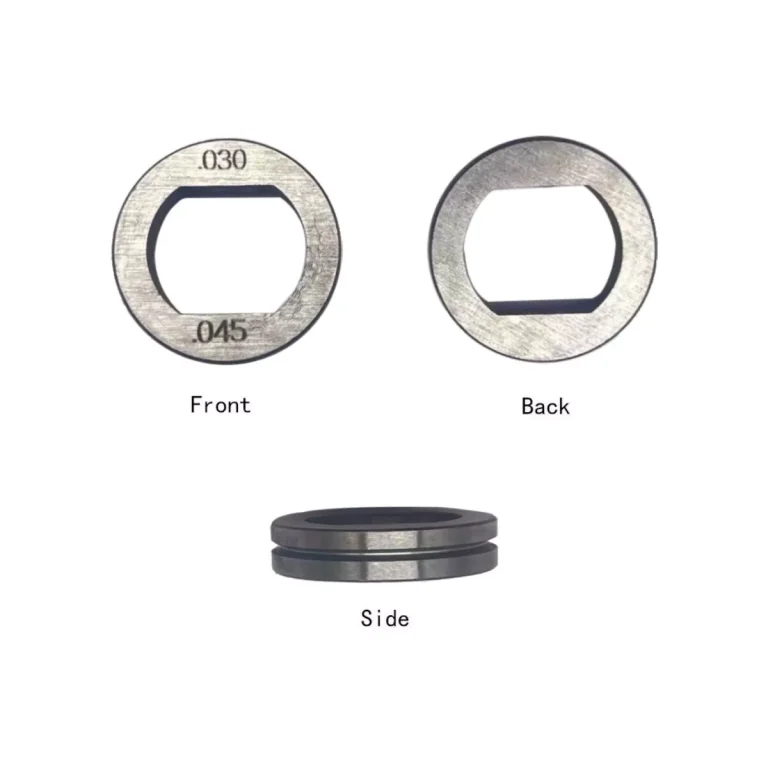Miller Drive Roll: A Key Component for Enhanced Welding Efficiency and Stability
In modern welding industries, welding quality and efficiency are top priorities. From light industrial production to heavy manufacturing, selecting the right welding equipment is crucial. Within welding equipment, one key component is the Miller Drive Roll, which serves as the essential bridge between the welding power source and the welding wire, ensuring smooth wire feeding and ultimately achieving high-quality welds.
What is a Miller Drive Roll?
A Miller Drive Roll is a driving wheel used to feed welding wire into the welding area. Its primary function is to harness the motor power of welding equipment, using friction to drive the wire smoothly and consistently into the welding zone. With a range of models and specifications, the Miller Drive Roll can adapt to various welding environments and wire materials, providing users with flexible options.
Main Advantages of the Miller Drive Roll
- High Stability: The Miller Drive Roll ensures a continuous and consistent wire supply during welding, preventing issues like wire breakage or uneven feeding that can lead to welding defects.
- Strong Versatility: Suitable for multiple wire types, including stainless steel, carbon steel, and aluminum wires, meeting the welding needs across different industries.
- Durability: Made from rigorously selected materials, the Miller Drive Roll can withstand high temperatures and pressures, enhancing the equipment’s lifespan.
- Ease of Use: Installation and replacement are straightforward, reducing equipment downtime and improving work efficiency.
Applications of the Miller Drive Roll
The Miller Drive Roll is widely used in automotive manufacturing, construction engineering, shipbuilding, and metalworking industries. Due to its precision and stability, it can accommodate a variety of complex welding processes, playing an essential role in production.
How to Select the Right Miller Drive Roll
When selecting a Miller Drive Roll, consider the following:
- Wire Diameter: Choose a drive roll size that matches the thickness of the wire to ensure stability during feeding.
- Material Compatibility: Match the drive roll material with the welding wire material to prevent wear or wire slipping.
- Welding Process Requirements: Select the appropriate drive roll based on the specific welding process (e.g., MIG or TIG welding) to achieve optimal results.
Conclusion
The Miller Drive Roll is a vital component in welding equipment, with its quality and stability directly affecting the outcome and efficiency of welding operations. Choosing and maintaining the right Miller Drive Roll not only enhances productivity but also ensures welding quality. For high-precision and high-reliability welding projects, the Miller Drive Roll is an indispensable tool.



